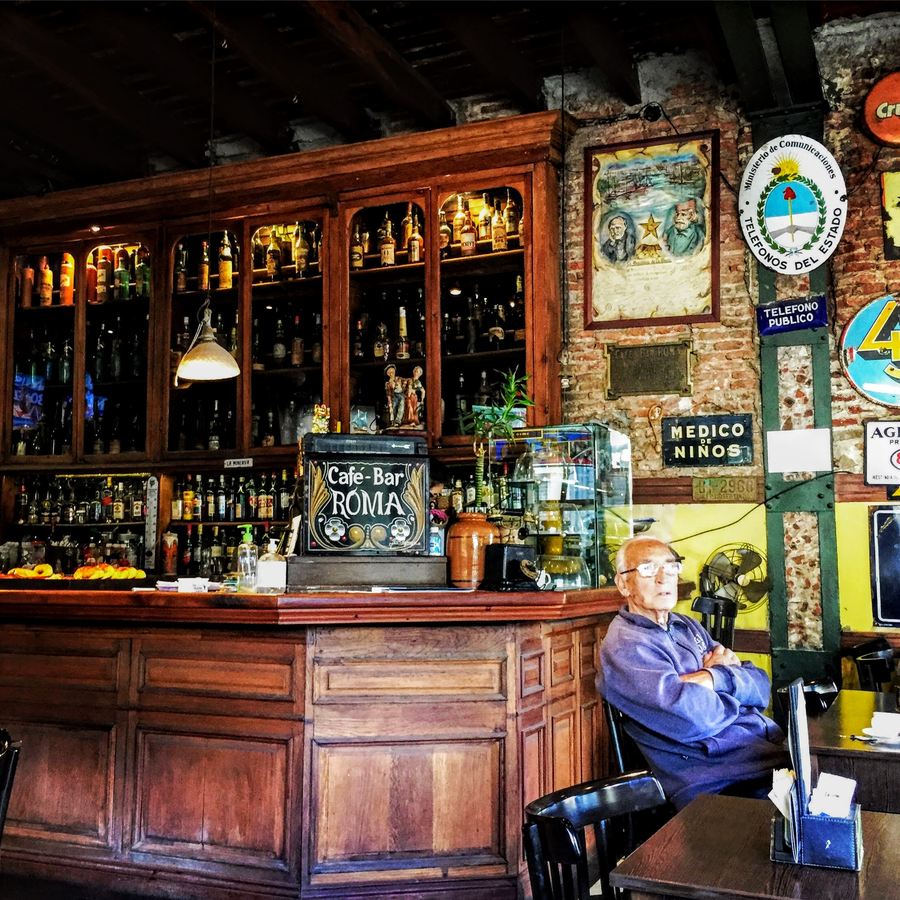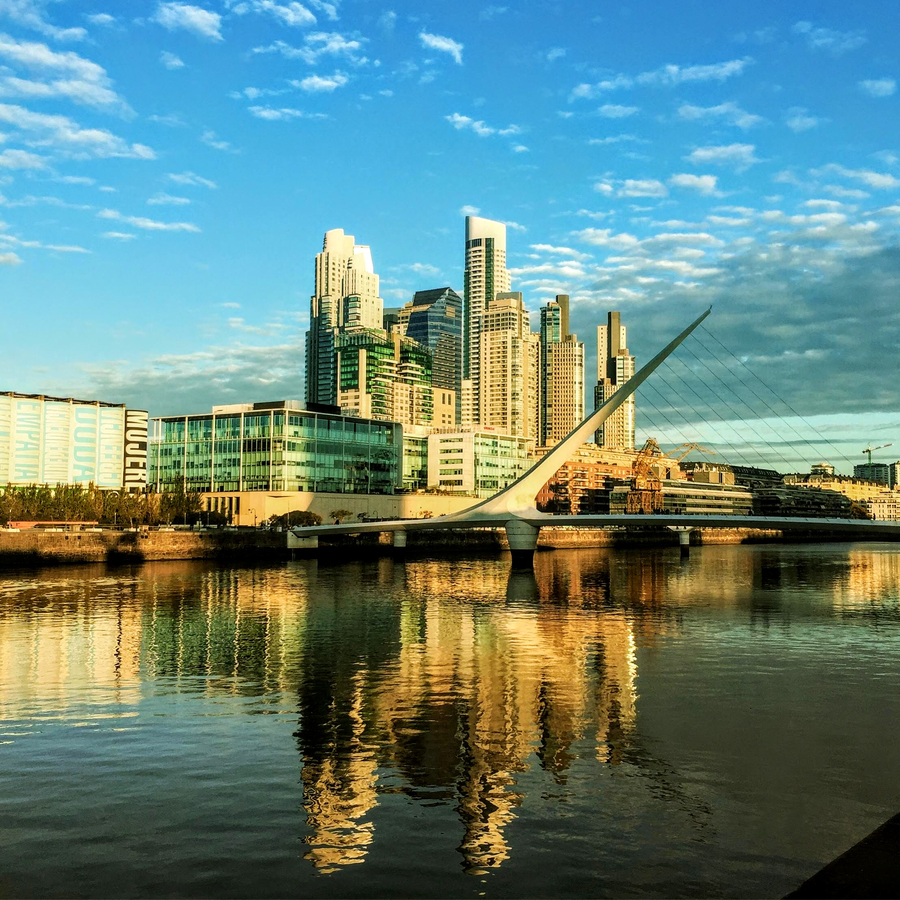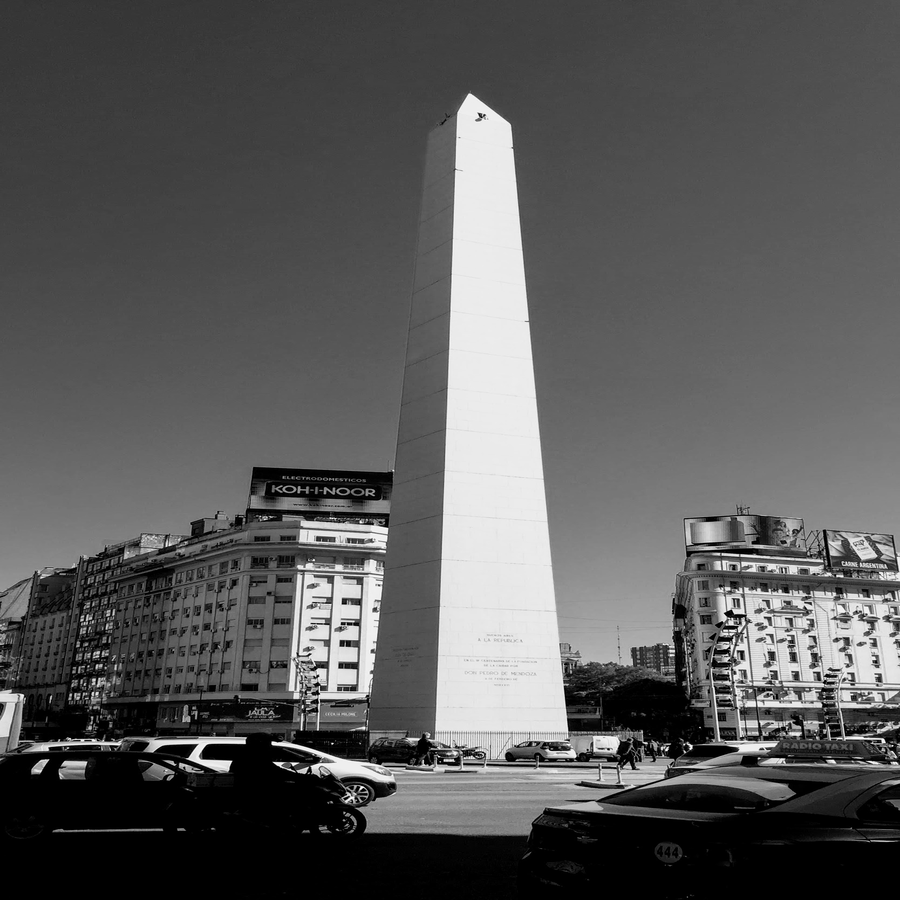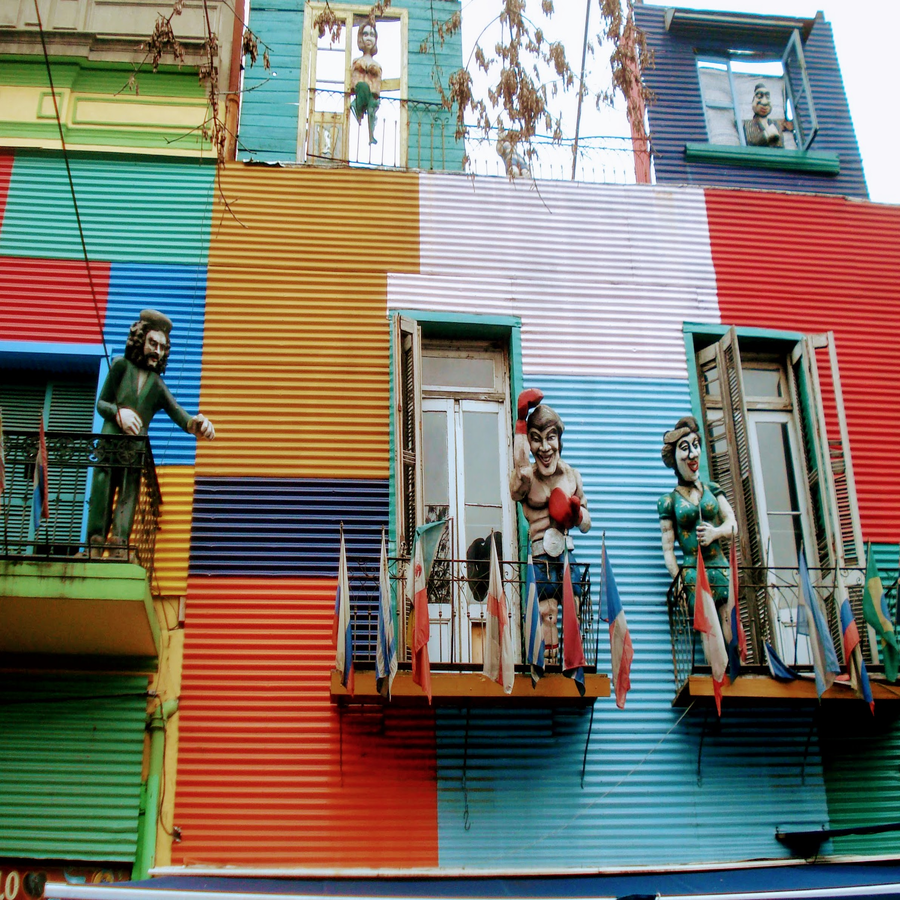SHARE
Share on facebook
Share on twitter
Share on linkedin
INFO
- DATE: 29-09-2020
- PLACE: Buenos Aires
RELATED ARTICLES

Giselle and the missed wedding because of covid19
Giselle’s wedding was supposed to be in April. I had booked tickets and a room in the Tigre, on the delta of the Rio de la Plata. Canceled due to covid19.

La porteña with an Italian heart – Giselle in Buenos Aires
I was born and live in Buenos Aires, although most of the time it seems that my life takes place in a small piece of Italy. Giselle, Buenos Aires
My tips - BUENOS AIRES
Suggested by Giselle
- Buenos Aires is the capital of Argentina and has an area of 200 km2 and 3 million inhabitants. The city is divided into 48 districts and each of them has its own identity.
- Among the must-see places is the La Boca neighborhood, known for its football team, the birthplace of immigrants. The neighborhood is characterized by colorful houses and this is because when they arrived in the city at the beginning of the twentieth century, immigrants (especially Italians), were staying in the conventillos, houses in which an entire family could live in a single room. When the ships arrived at the port for maintenance, after painting them, families painted the facades of their house with the remaining paint, regardless of whether the color was sufficient for the entire surface. Not to be missed in La Boca: Fundación Proa, La Usina del Arte and for eating I recommend El Obrero.
- Do you know Mafalda? If the answer is yes, then you already know San Telmo because it's the neighborhood that Quino drew in his comics. Indeed, there is a statue of her on the corner where she was "born" between Av. Defensa and Chile. This neighborhood is one of the oldest in the city. It's bohemian, authentic, and the Sunday fair stands out, full of artisans and antiquities dealers.
- In what we in Buenos Aires call the Center, the Obelisk stands right in the middle of the 9 de Julio and Corrientes avenues. From there you can visit various places such as the pedestrian street Florida, the historic Plaza de Mayo where there are important buildings such as the Government Palace (or Casa Rosada), the Cathedral and the Cabildo. Av. Corrientes is also a delight for theater lovers. To walk there is to find one theater after another, mixed with historic pizzerias and bookshops that remain open until 3 am. It is a true cultural experience.
- Next to Centro and San Telmo, there is the newest and most exclusive of the neighborhoods: Puerto Madero. There are skyscrapers overlooking the river, the best restaurants and the most modern buildings mixed with the old embankments built by the British. It has very nice green spaces and is ideal for walking from one end to the other.
- Another classic of the city is Recoleta, an iconic neighborhood of the Argentine aristocracy. Its architecture refers to Paris thanks to the fact that the wealthy gentlemen hired French architects to copy European elegance. The neighborhood's tourist attraction is surprisingly its cemetery. Last resting place of illustrious people like Eva Perón, this cemetery is characterized by graves that are true works of art. Guided tours are planned to learn more about its history and legends. Leaving the cemetery, don't miss the Recoleta Cultural Center and Plaza Francia. It's a nice walk to do on weekends as there is a very large craft fair and there are always interesting exhibits to see.
- Palermo is many neighborhoods in one. It is the largest in the city and the most fashionable, which is why some real estate genius divided it into Palermo Hollywood (because many television and film production companies settled there), Palermo Soho (the most hipster and coolest), Palermo Botánico (due to its proximity to the beautiful park) and also Villa Crespo, another emblematic neighborhood of Buenos Aires, was called Palermo Queens because it is attached to Palermo and is the area of the Jewish community. To go out in the evening, to restaurants with all kinds of food, to have a coffee or to take a walk on a sunny day, this is the right neighborhood.
- There are many interesting events throughout the year. I mention them starting with the ones I like best: the Festival de tango in August, the Ciudad Emergente festival in June, the Night of Museums in November, the Open House architecture festival in October, the BAFICI for cinema and the Book Fair in April.
- In Buenos Aires there is always something to do and there are many free activities. The tourist bus is practical for getting around the city without thinking about where to park and you can see the main attractions. Visitas guíadas (guided tours) are organized by the city government.
- Click on this tip for info on how to organise your travel.




Tagged English
